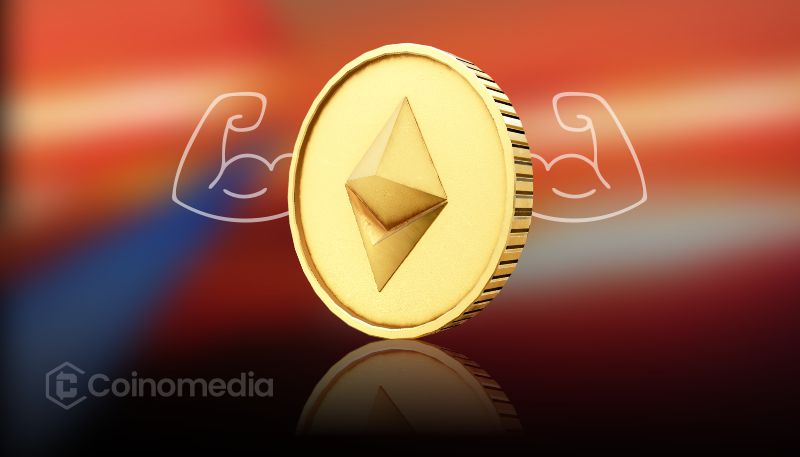Ethereum Fee Burn Revenue Drops 44% in August
Ethereum fee burn revenue fell to $14.1M in August, down 44% from July despite high ETH prices.

- Ethereum burned fees dropped to $14.1M in August
- This marks a 44% decline from July’s $25.6M
- Drop comes despite ETH trading near all-time highs
Ethereum Burn Revenue Takes a Hit
Ethereum’s network activity saw a surprising cooldown in August, as fee burn revenue dropped sharply to $14.1 million — a 44% decline from July’s $25.6 million. This dip came even as ETH prices hovered near all-time highs, briefly touching $4,276.
The fee burn mechanism, introduced in EIP-1559, removes a portion of transaction fees from circulation, reducing ETH supply and benefiting holders. When usage is high, more ETH is burned, and vice versa. So this drop is a clear indicator of reduced on-chain activity or lower congestion.
Despite the decline, Ethereum remains one of the few major blockchains with a deflationary element, and long-term holders may still view the current environment as a breather before the next wave of adoption.
Why the Decline in Fee Burns?
Several factors could explain the dip in Ethereum fee burn revenue. One likely cause is a slowdown in DeFi and NFT activity during August, historically a quieter month for markets. With fewer transactions taking place, the amount of ETH burned naturally declined.
Another possible factor is increased use of Ethereum Layer 2 networks like Arbitrum and Optimism, which offload traffic from the mainnet and reduce fee pressure. While this is good for scalability, it also leads to fewer burns on Ethereum’s base layer.
Additionally, Ethereum’s improved efficiency post-merge has contributed to generally lower gas fees — a win for users but a trade-off for those relying on high burns to boost ETH scarcity.
Long-Term Impact and Investor Outlook
Even with this month’s decline, Ethereum’s overall burn model remains a strong long-term value proposition. The network continues to reduce supply over time, particularly during periods of high usage.
Investors should monitor whether this slowdown in burned fees continues into September or rebounds with renewed market activity. If ETH demand picks up alongside broader crypto momentum, the burn rate could spike again — potentially adding to the bullish case for Ethereum.
Read Also:
- Binance Proof-of-Reserves Shows BTC Rise, ETH Drop
- Altvest Becomes Africa Bitcoin Corp, Eyes $210M BTC Fund
- Uniswap Reclaims Top DEX Spot with $111.8B in August Trades
- BlockDAG’s X1 Miner Milestone Overshadows Chainlink and Uniswap in 2025
- Backpack EU Launches With Regulated Crypto Futures in Europe




